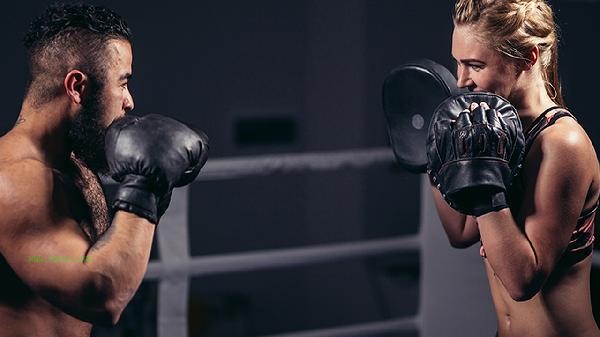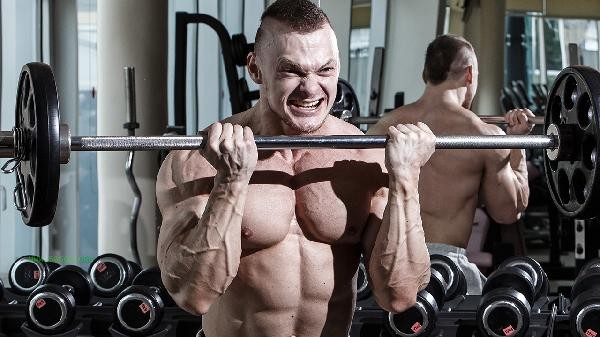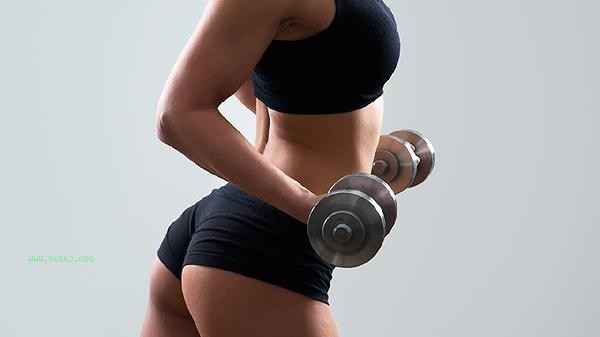The combination of exercise and fitness with diet should pay attention to nutritional balance and calorie control. It is recommended to adopt a high protein, moderate carbohydrates, and low-fat diet structure, and adjust the proportion of food according to the type of exercise.

1. Protein supplementation
Adequate protein is needed for muscle repair after exercise, and high-quality protein sources such as chicken breast, fish, and eggs should be prioritized. Strength trainers can increase their protein intake appropriately, with a daily intake of about 1.5 grams per kilogram of body weight. Whey protein or soy protein can be used as supplements, but natural foods should be the main source. The recommended time for protein intake is within 30 minutes after exercise, with a small amount of carbohydrates for better absorption.
2. Carbon Water Selection
Composite carbon water such as oats, brown rice, and whole wheat bread are suitable as staple foods for 2 hours before exercise, providing sustained energy. After high-intensity training, fast carbohydrates such as bananas and sweet potatoes can be supplemented to help restore muscle glycogen. The proportion of carbohydrates in the general fitness population can be controlled at around 40% of total calories, and the proportion can be gradually reduced during the weight loss period, but it is not advisable to cut off carbohydrates for a long time.
3. Fat intake
Choose healthy sources of fat such as nuts, avocados, olive oil, etc., and avoid fried foods. Fat calories are relatively high, it is recommended to control within 25% of total calories. It is not advisable to consume too much fat before exercise to avoid affecting digestion, and a small amount of protein can be supplemented after exercise. Essential fatty acids play an important role in joint protection and hormone synthesis.

4. Water Management
Drink 500 milliliters of water 2 hours before exercise and replenish 150 milliliters every 15 minutes during exercise. After high-intensity exercise, you can choose sports drinks containing electrolytes, but daily training is mainly done with plain water. Avoid drinking a large amount of water at once and replenish it in small amounts multiple times. The color of urine after exercise is an important indicator for determining whether hydration is sufficient.
5. Trace Nutrients
Fresh vegetables and fruits provide vitamins and minerals, and dark vegetables should account for more than half of the total daily intake. Minerals such as calcium, magnesium, and zinc are crucial for athletic performance and can be supplemented through dairy and seafood products. Vitamin C and vitamin E help alleviate oxidative stress after exercise and can be obtained from citrus fruits and nuts.

Exercise diet should be dynamically adjusted according to individual goals. During the muscle building phase, calorie surplus can be appropriately increased, while during the fat loss phase, a moderate calorie deficit should be maintained. Arranging 1-2 relaxing meals per week can help with psychological regulation, but it is not advisable to overeat. Recording diet and exercise data can help optimize plans, and if necessary, consult a professional nutritionist to develop personalized plans. Maintain a regular diet, avoid exercising on an empty stomach or immediately after meals, and gradually establish sustainable healthy lifestyle habits.






Comments (0)
Leave a Comment
No comments yet
Be the first to share your thoughts!